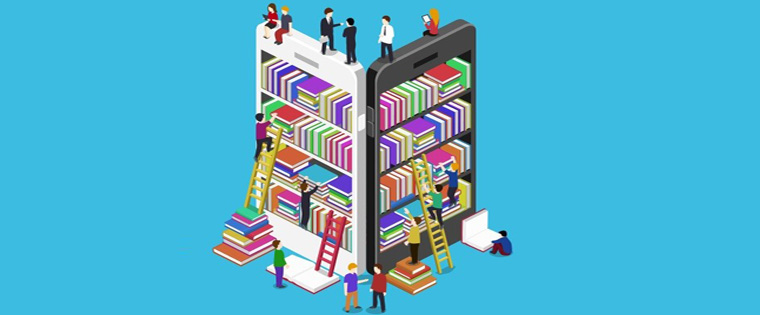Enabling Just-in-time Learning: Quick Tips
Just-in-time learning can provide opportunities for employees to go back and revise what was learned in the classrooms. How can you go about this?

When rolling out formal training programs, such as classroom training or e-learning programs, it is always better to view them as part of a learning process instead of an isolated event. The formal training interventions act as a foundation for the basic knowledge. Usually, employees build on this knowledge while working on the job. They learn as they work, as they observe their colleagues and face situations that warrant more information or learning. However, instead of leaving it to the employees to further their learning, you as training managers, can also provide them with just-in-time knowledge resources that they can use when needed. These knowledge bytes can provide opportunities for employees to go back and revise what was learned in the classrooms. How can you go about this?
1. Plan for just in time knowledge bytes alongside formal training
Ideally, when you are planning a formal training program, you should budget for just-in-time training as well; something that aligns with the program. For example, let’s say you are planning for a compliance training program that is designed as an e-learning module for about 40-minute duration, you can plan to incorporate some videos, scenarios and case studies as part of the e-learning modules. These resources can also be made available independently as and when required. On the contrary, if you are planning for a classroom training program, you can also factor the need to reinforce the knowledge with readily available information. For that matter, you can start creating some unique videos, case studies or scenarios before the classroom training or formal e-learning itself and share it with the employees who are supposed to take the course. The content should ideally talk about pain points that will be addressed, questions that will be answered during the training program or specific benefits that employees get from the training.
2. Assess the training content to pick inputs suitable for just in time learning
You would have a curriculum set for the formal training program – be it classroom training or e-learning. Right when you are designing the curriculum, you should identify those parts that can be good content for bite-sized learning. For example, if you are preparing content for employee onboarding program, the typical content that is shared during the programs is organization – vision, mission, structure, code of conduct, compliance norms, HR policies and so on. However, it is not always possible for employees to remember every single detail of what is shared during the onboarding training. They get an overview, but if they want to get into finer details or specific information at a later stage, they must be able to do so effortlessly. If you can identify and segregate such content at the initial stage, you will be able to better support employees for ongoing learning or continuous learning.
3. Digitize manuals and job-aids to make them easily available via mobile devices
You might give some training manuals or job-aids during classroom training programs. It is always a good practice to digitize them and make them available to employees via multiple devices. It means, even if they want to access these via mobile devices they should be able to do so comfortably. These are particularly useful for employees who work away from their desks, such as a sales person or a service engineer. A product training may consist of many products that would have been dealt with. However, you need information about a specific product, you want to brush-up your knowledge before visiting a client, you should be able to do so with the click of a button. These can be in the form of mini-videos that quickly talk about key features and value it brings to the customers. Similarly, for service engineers, how-to-guides, troubleshooting videos are a great asset.
Most employees carry smartphones and laptops with them and just-in-time learning works perfectly when employees have a down time or have a need to quickly check something on the go. If these resources are planned alongside the formal training program, learning will not be a one-time event, but a continuous process. More importantly, it will provide employees a ‘go-to’ place in case they have problems that need to be solved at work, instead of depending on ad-hoc or unreliable sources.





